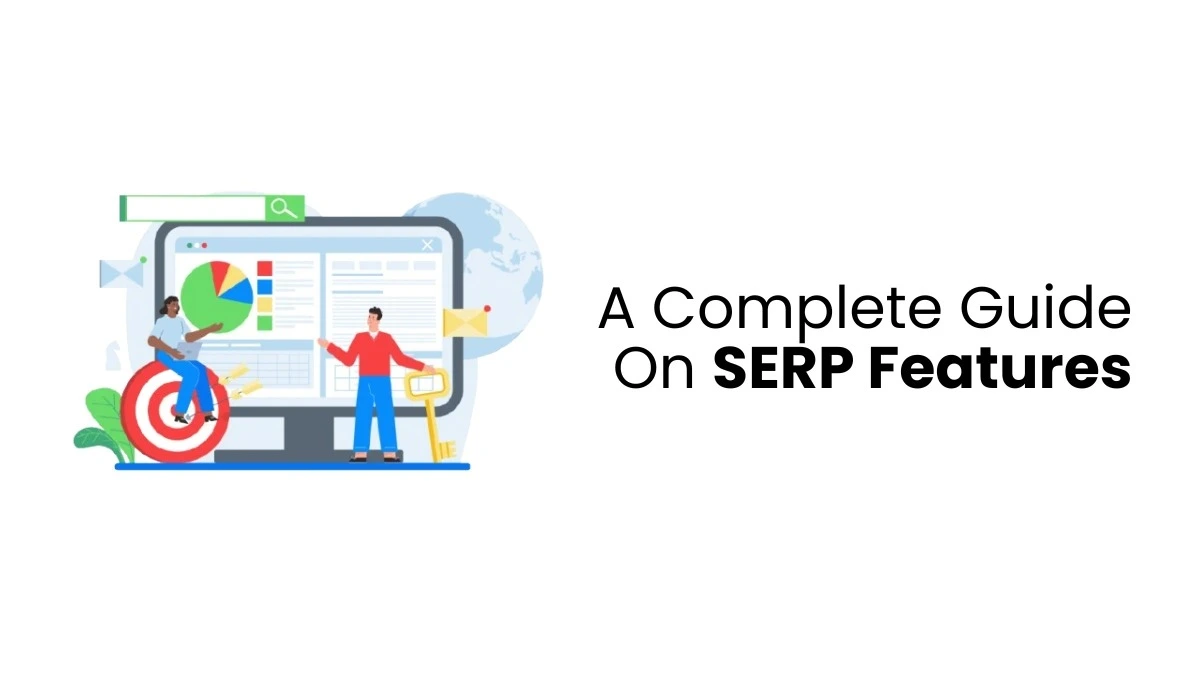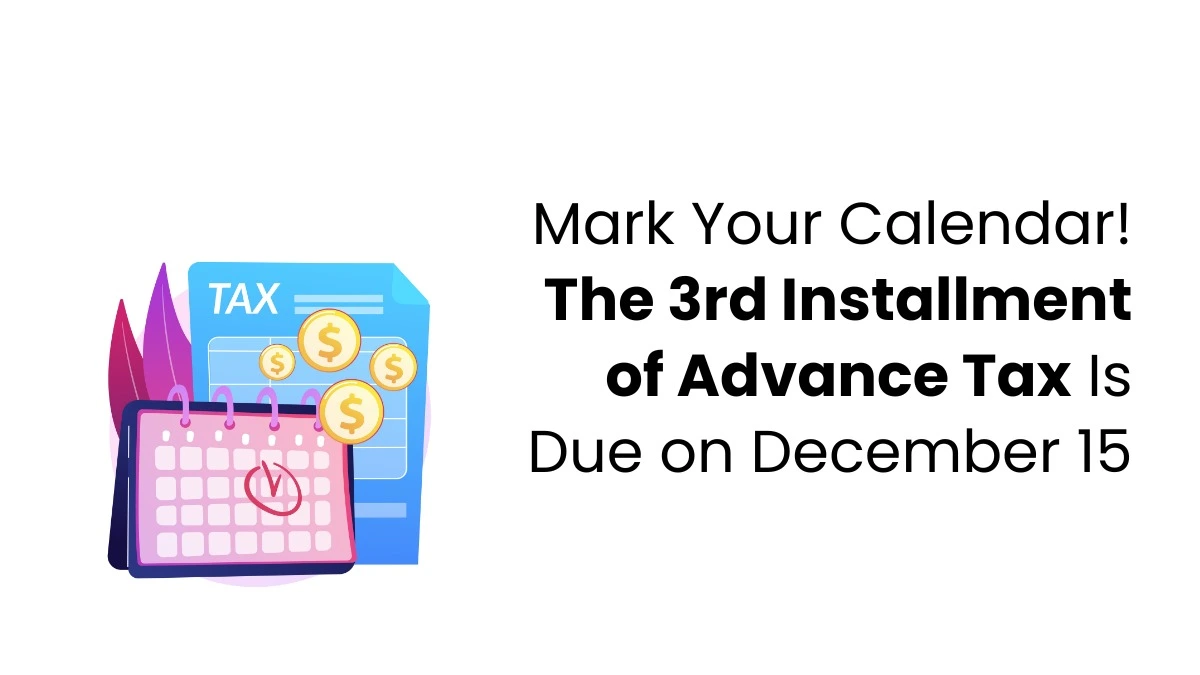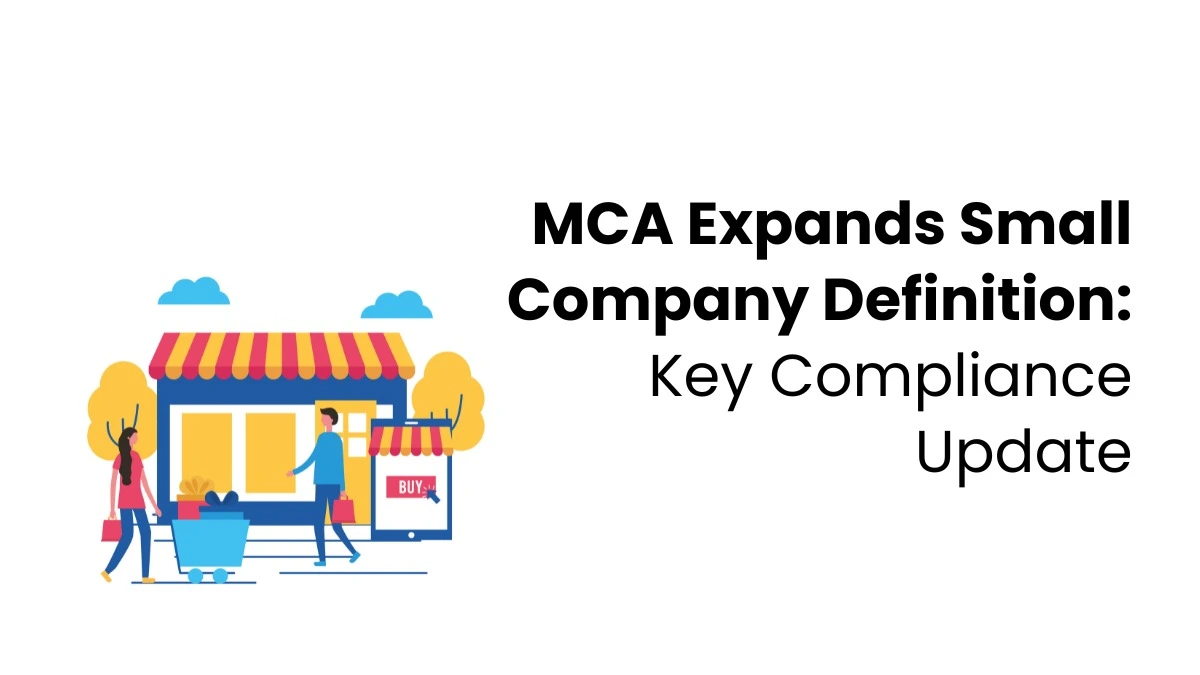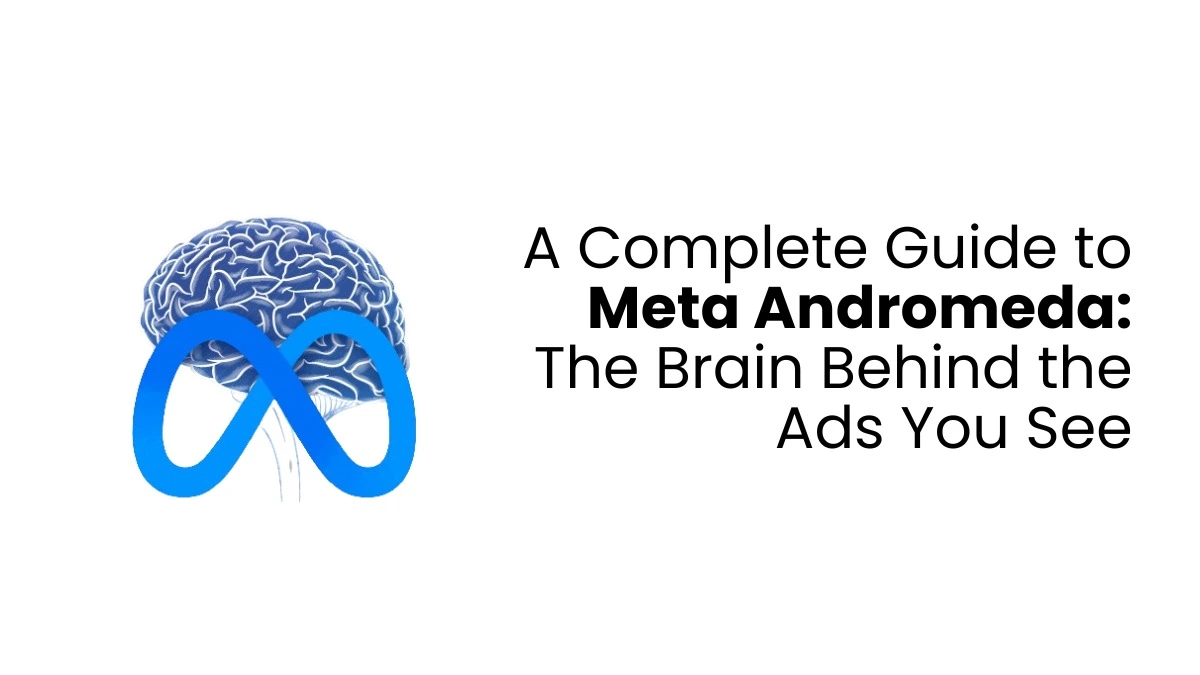Search intent, also called user intent, is why someone types a specific query into a search engine. It shows what the user needs to achieve, such as finding an answer, going to a particular website, buying something, or learning about a topic. For example, when someone searches for “best dog food” on Google, they aren’t trying to go to a specific page or buy a particular product immediately. They want to gather information to help them decide what to buy later. In that time, SEO keywords will help them to find out immediately what they want.
Why Is Search Intent Important in SEO?
Search engines like Google need to show users the most relevant results. Understanding search intent in SEO helps you rank higher in search results. Google tries to figure out what users mean when they search. For example, their Search Quality Evaluator Guidelines discuss user intent and how to identify various types.
If you want to rank well on Google, your pages must match the search intent behind your target keywords. Understanding search intent can help you:
- Create a better content strategy: Use keywords that match your audience’s needs.
- Make relevant content: By understanding your users’ needs and creating content that meets those needs.
- Rank higher in search results: Show search engines that your content is valuable and relevant to users.
Types of Keywords Based on Search Intent
Types of Search intent in SEO Keywords can be grouped based on what the user wants to do:
- Informational: The user wants to find information.
- Navigational: The user may be willing to find a specific site or page.
- Commercial: The user wants to research brands, products, or services.
- Transactional: The user wants to complete an action, like making a purchase.
There are other keyword types, too. Looking at keywords based on intent is helpful because it helps you to understand clearly. The intent behind a keyword can show whether a user wants to buy something soon, shop around, or gather information.
1. Navigational Search Intent
Navigational intent means the user wants to find a specific page. Unlike other types, searchers already know precisely what they’re looking for. Examples of keywords with navigational intent:
- Starbucks
- Gmail login
- semrush keyword magic tool
As you can see, navigational keywords are often related to brands. They focus on helping your audience find your pages easily when they need them.

2. Informational Search Intent
Informational search intent means the user needs to learn something. These searches may be phrased as questions and use words like who, what, where, why, and how. Blog posts are a great way to answer most informational queries, so blogging should be part of your SEO strategy. Let’s read about some of the benefits of informational search intent;
- Visibility: Many Google searches are informational. Targeting these keywords can increase your visibility.
- Building trust: Providing helpful information helps educate your audience and build trust.
- Attracting new leads: Content targeting informational keywords creates new leads you can convert later.
While ranking for informational queries may lead to few direct sales, it can still help grow your business.
3. Commercial Search Intent
Commercial search intent is the keywords your audience uses when researching before making a purchase. This intent is a mix between informational and transactional. The user wants information, but it’s closely related to buying something.
Search results for commercial queries include third-party pages with independent reviews, making it challenging to rank for some commercial keywords related to your brand. Fortunately, marketing strategies and tools (like Semrush’s Surround Sound) can help you stay visible during your potential customer’s decision-making process.
4. Transactional Search Intent
Transactional search intent means the user wants to complete an action, like making a purchase. These keywords show a clear intent to buy or take a specific action.
How to Determine Search Intent?
Search intent frequently matches where users are trying to market some products. Generally, it will work like these given below;
- Awareness: Users may search for informational keywords like “how to do keyword research.”
- Consideration: The user searches for commercial keywords like “best keyword research tools.”
- Conversion: The user searches for transactional or navigational keywords like “Semrush plans.”
Figuring out search intent in SEO is essential for any content strategy. You can often tell a keyword’s intent from the keyword itself—for example, question words like what, why, or how, which usually show informational intent. But sometimes, the purpose could be more apparent at first. Thankfully, you don’t have to figure it out yourself—tools like Semrush can automatically determine search intent for every keyword.
The role of SEO is essential at present. Digital marketing training can be the best option in the competitive business landscape. One reputable institution, Finprov, stands out for its comprehensive accounting courses for graduates and seasoned professionals. The PG Diploma in Digital Marketing & E-Commerce certification program is among its prized offerings.
Our best digital marketing course in Kochi equips participants with the skills and knowledge to leverage digital marketing strategies effectively for business expansion. It encompasses vital subjects such as understanding digital marketing dynamics, utilizing Google tools for strategic marketing, executing digital advertising campaigns across diverse platforms, refining digital marketing methodologies, and mastering popular digital marketing tools and metrics.
Participating in this digital marketing training in Kochi empowers individuals to cultivate essential proficiencies in email marketing, search engine marketing, social media marketing, search engine optimization, video marketing, and beyond.










